Total government expenditure for 2018/19 to rise only slightly
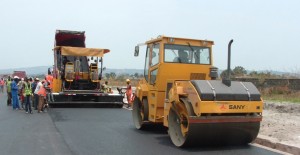
Once again road construction and completion of power dams will take up most of the spending during financial year 2018/19.
February 2—Government spending for financial year 2018/19 is expected to rise by UGX 200 billion to UGX29.2 trillion (about $8.1 billion) compared to 2017/18 expenditure according to the Budget Framework Paper being discussed by parliament and the reference source for a majority report compiled by the Budget Committee.
Section 9 of the Public Finance Management Act requires the BFP to be passed by the 1st of February every year. Presentation of Ministerial Policy Statements follow, leading to passing of the budget estimates by May 31, 2018.
Once again like the last three previous years, the energy and works sectors will get the highest allocations. Presenting the majority report, Budget Committee Chairperson, Amos Lugoloobi, said the Ministry of Works and Transport will continue to get the lion’s share of budget. From UGX 4.5 trillion this current financial year it will rise to UGX 4.7 trillion.
This is followed by the Ministry of Energy and Mineral Development, which is tentatively allocated UGX2.5 trillion from UGX 2.3 trillion. The Ministry of Education and Sports is set to suffer a slight reduction from the current UGX 2.8 trillion to the projected UGX2.7 trillion.
However, a Minority Report presented by Muhammad Kivumbi pointed out that the cost of roads in Uganda is inflated, asking Parliament to keenly interest itself in the matter. “It was also noted with concern that unit costs of externally funded roads are quite inflated as compared to costs in the region’, the report stated.
Domestic Revenue, on the other hand, is projected to rise from UGX15.9 trillion to UGX 16.8 trillion. However, Margaret Baba Diri said the government should equally lay emphasis on areas of direct social impact other than the near strict adherence to infrastructure.
“I know we need infrastructure, we need roads. But I think we should also invest in human capital. We put a lot of money in roads but over UGX1 trillion is going to be returned to the national treasury, because it was unspent by UNRA (Uganda National Roads Authority],” she said during a committee session during the week.
On alignment of the national budget with the National Development Plan (NDP), the framework paper expresses pessimism about the achievement of the middle income target by 2020. This is because the projections note a gross misalignment with the NDP.
Of the 127 Ministries, Departments and government Agencies, only 31 have fully aligned their budgets to the NDP II; a key indicator of the nation’s preparedness to achieve the much famed middle income Status in 2020. In Local Governments sector, only 33 out of the 157 are aligned to the NDP.
The Budget Committee expressed concerns about the poverty situation, saying the trend points to an upsurge in poverty especially in the rural areas.
‘The rural areas with about 76% of the population contribute 86% of national poverty. On the other hand, the urban areas represent 24% of the population and contribute 14% of national poverty’, the report reads in part.
The rising poverty, notes the report, can only be reversed by balancing allocations between social and infrastructural development. It states, ‘To reverse the worsening poverty indicators; there is need to balance social and infrastructure spending so as to ensure economic growth does not leave anyone behind. Towards this end, the planning and budgeting frameworks need to learn from what has gone wrong and where redirection is required’.

 Uganda Airlines likely to miss Spirit A320neo delivery slots
Uganda Airlines likely to miss Spirit A320neo delivery slots
 Rolls-Royce Pearl 10X engine takes flight
Rolls-Royce Pearl 10X engine takes flight
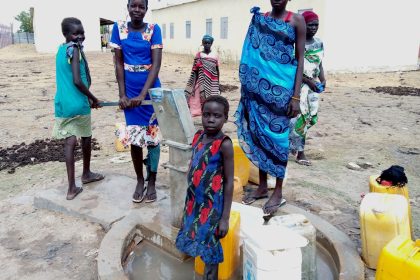 Unpacking results-based financing: balancing strengths with weaknesses
Unpacking results-based financing: balancing strengths with weaknesses
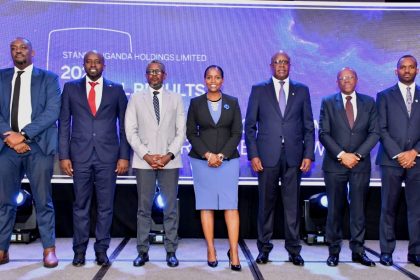 Big fish in small pond Stanbic notches up $100m profit for 2023 topping previous figure by 15%
Big fish in small pond Stanbic notches up $100m profit for 2023 topping previous figure by 15%
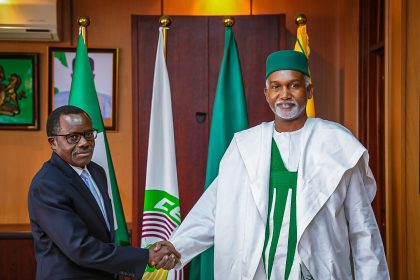 Uganda, Nigeria explore deeper economic cooperation
Uganda, Nigeria explore deeper economic cooperation
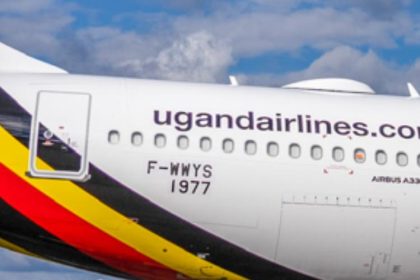 CAA grants Uganda Airlines Approved Maintenance Organisation certificate
CAA grants Uganda Airlines Approved Maintenance Organisation certificate
